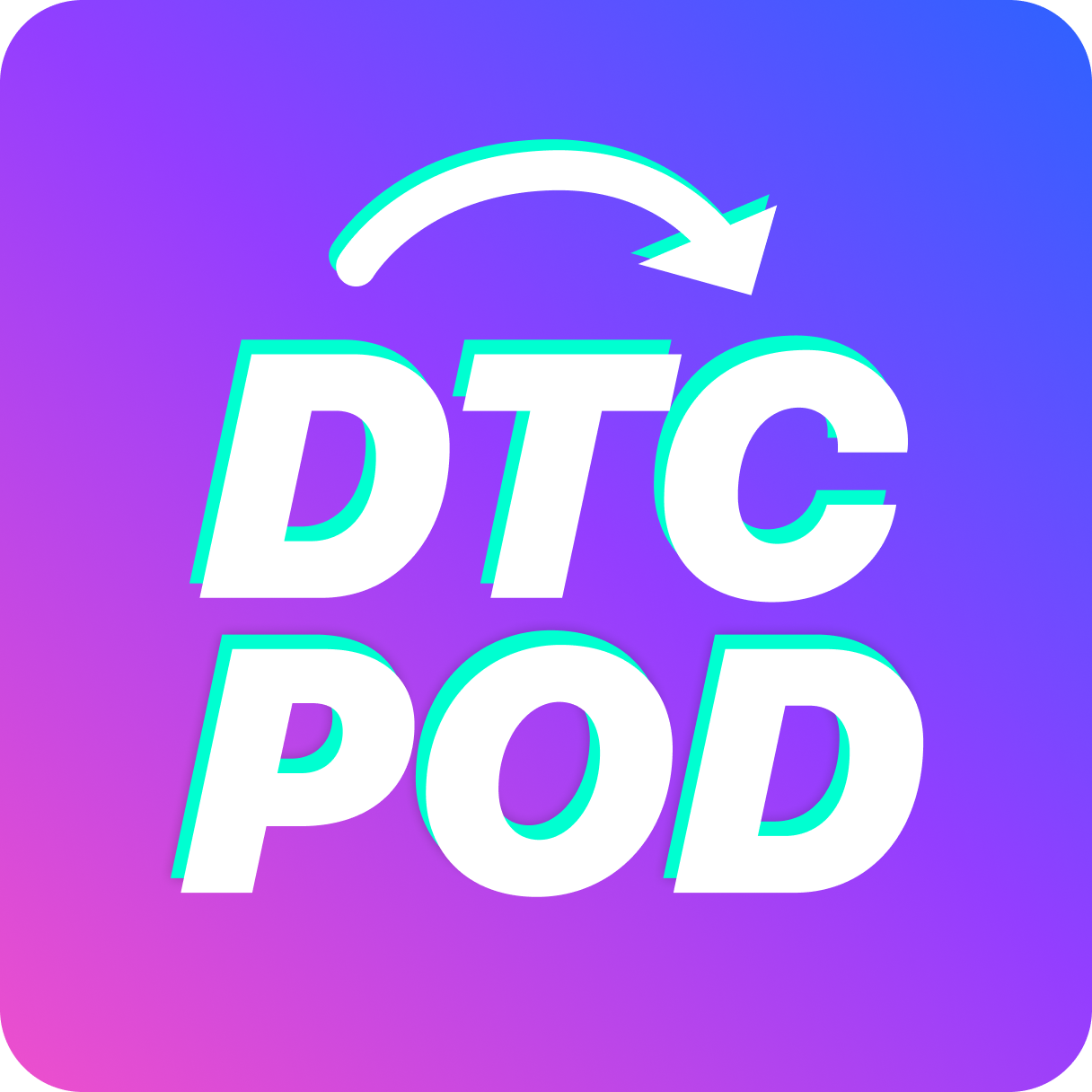- “In consumer commerce, you always have to be chasing your next customer.” @jjeremycai #DTCPOD
- “Even with the introduction of direct to consumer, the product quality and the product price points haven’t really changed much for consumers.” @jjeremycai #DTCPOD
- “The challenge with DTC is that once you saturate your core market, you see a big jump in customer acquisition.” @jjeremycai #DTCPOD
- “Sometimes your best customer might not convert immediately, they might be receiving your content for a while before converting.” @jjeremycai #DTCPOD
- “If you don’t have brand right, you’re going to be starting with a rocky foundation. Make sure to do this in-house and don’t outsource it.” @jjeremycai #DTCPOD
We speak about:
- [00:50] About Italic
- [02:30] Jeremy’s experience as an entrepreneur
- [06:20] The buildup to Italic
- [09:10] The transition to direct-to-consumer
- [13:00] How Italic’s model approaches marketing
- [20:00] The importance of recall for your brand
- [22:30] Advice for founders
Jeremy Cai currently serves as the CEO of Italic and helps his SO Kati with Not Pot.
The Entrepreneurial Journey To Italic
In this episode, Jeremy dives into his entrepreneurial journey. First, Jeremy dropped out of school to build an enterprise software company. However, Jeremy sought to do something more innovative that no one else was doing.
The inspiration for Italic came from marketplace enabled companies like Uber and Airbnb. Neither company takes inventory. Instead, they empower the individual hosts to monetize their own places.
In the same lens, Italic doesn’t sell marked-up goods to its customer. Instead, they replace the brand and take the retailer out of the supply chain. They then provide the savings to the customer and offer a higher yield per unit to the manufacturer.
Italic is not incentivized to sell their products; they are incentivized to sell their membership. They had to spend a long time developing their product assortment. There are over 1,000 SKUs on their website that they have created themselves.
To help build Italic, Jeremy spent time living in China and Italy to make relationships with manufacturers.
Italic doesn’t buy their inventory; their manufacturers float the inventory for a higher yield per unit.
Focus On Your Brand’s Value
When you sell products and monetize the markup, you always have to be chasing the next customer - with this model, you aren’t incentivized with loyalty. When Italic sells a subscription product, their payback is not immediate.
Italic is profitable when a consumer first buys their membership. Asa result, they are much more focused on engagement metrics and how to change their merchandising strategy. Similar to Spotify, they focus on continually delivering value to their customer to ensure they come back.
Jeremy talks about how recall is critical for your brand.
Sometimes, your best customers won’t convert immediately.
There are many ways to make a sale; it depends on your brand, what you stand for, and what your customer gets out of you.
Stay tuned as Jeremey gives his advice for founders and he reveals what is coming next for Italic.
Want to join Italic on Trend? Create a campaign on Trend for free!
Mentioned Links:
Website: https://jeremycai.com
Italic: http://italic.com/
Twitter: https://twitter.com/jjeremycai
Instagram: https://www.instagram.com/italic/



